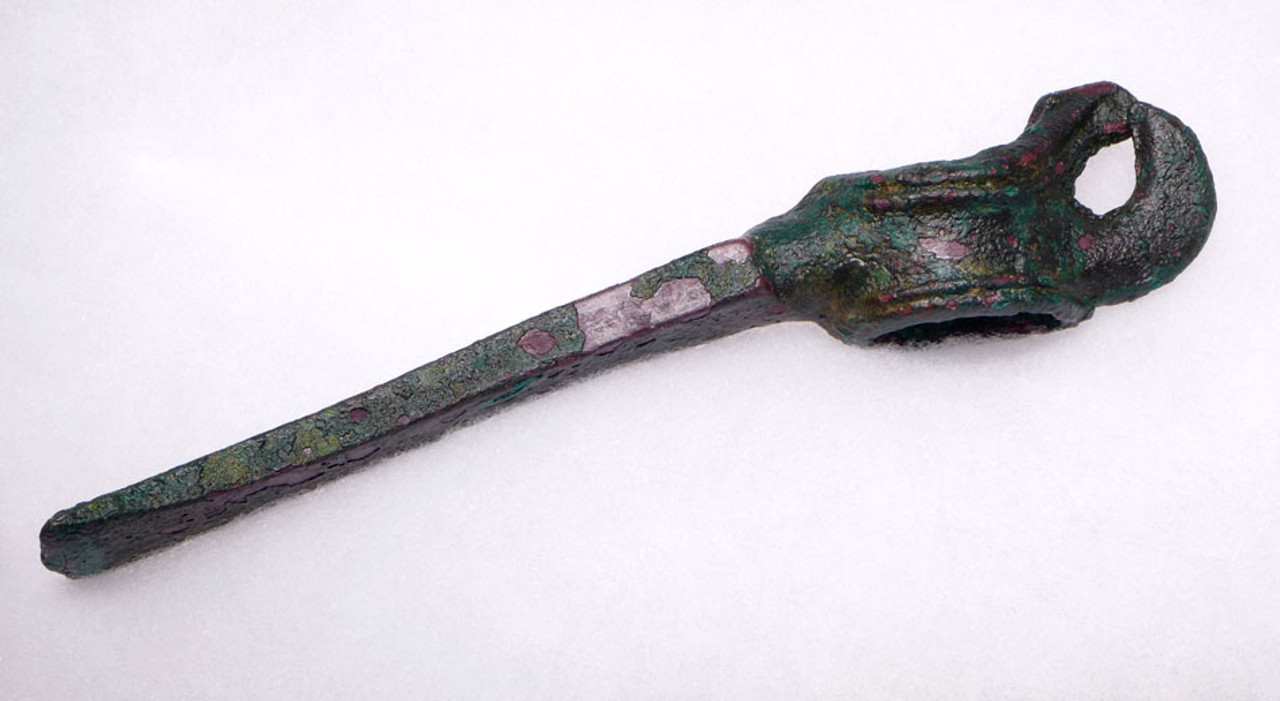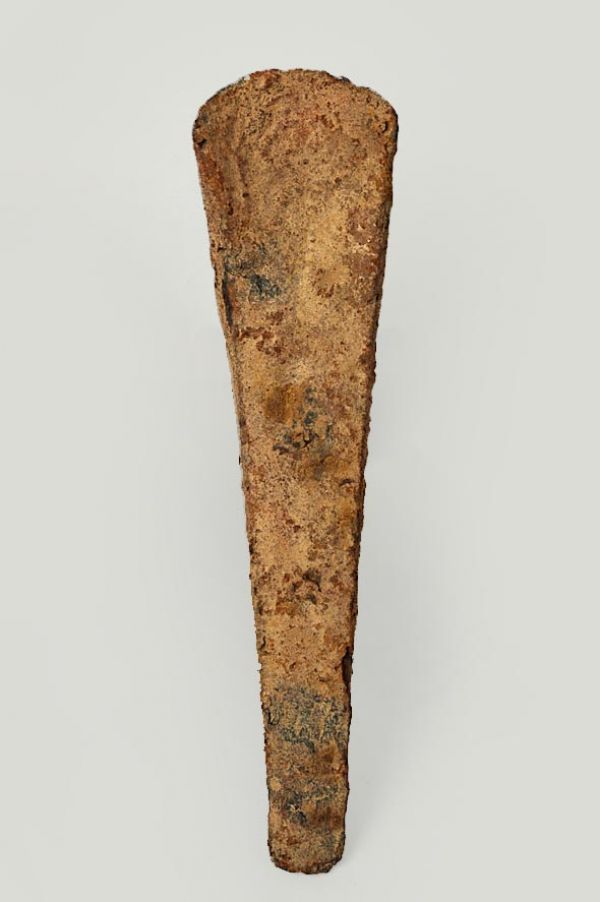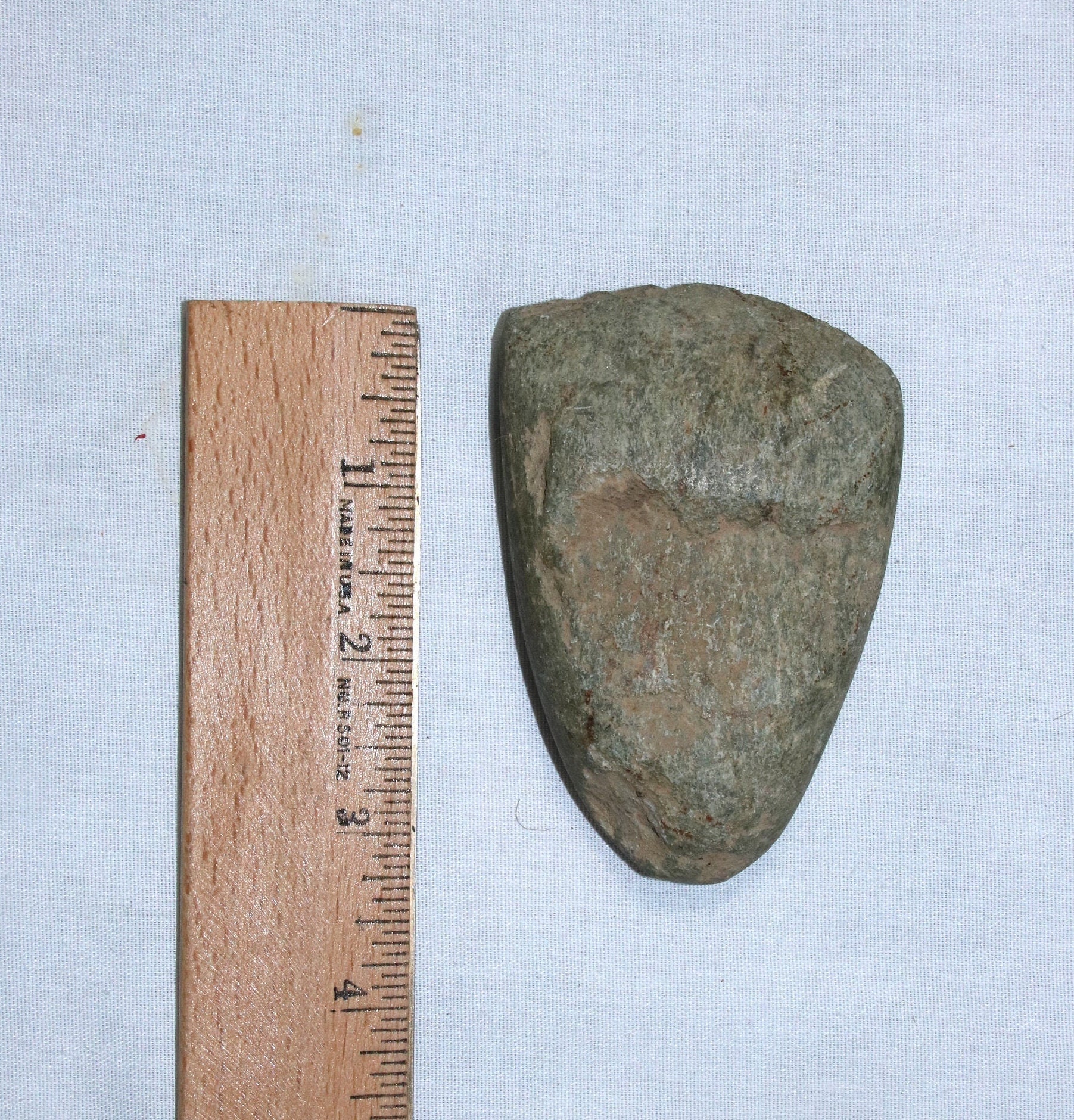
Her work has been featured in exhibits and magazines in Alaska and across the country. Jackson has poles in front of Juneau-Douglas High School: Yadaa.at Kalé. Polys created one of the bronze house posts in front of SHI’s building.

This won’t be the first time the family’s work has traveled to Juneau. Two of the posts will come from the sculpting studios of Ketchikan artists, famed master sculptor Lingít Nathan Jackson and his son Stephen Jackson, who uses the artist name Jackson Polys. “So hopefully some of these apprentices on these projects will be able to run, you know, their own totem poles on this line,” Galanin said. Galanin works with two apprentices – his cousin, Lee Burkhart and Will Burkhart. “I think it would be amazing for those artists who are in apprenticeship and getting to work on the project.” “I think it’s going to be really important for all of these communities,” Galanin said. He said the trail is likely the first time in over 40 years that there have been so many carvings going on in the Southeast. Yéil Ya-Tseen Nicholas Galanin of Sitka uses an adze to carve the 40-foot T’aaku Kwáan Yanyeidí Healing kootéeyaa totem pole at Harborview Elementary School on 29, 2018. He has over 20 years of experience in customary arts and sculpture. Meanwhile, Nicholas Galanin works on a pole depicting the Kaagwaantaan clan. “So it’s a lot of different styles and interpretations and, and whoever’s behind it, keeping it all organized on track with the 10 sculptors and all that - I wouldn’t like their work, but I think it’s pretty amazing what’s happening now,” he said. He doesn’t remember anything like this having been done before. Joseph said he thinks SHI’s vision for the project is ambitious. He is working with two apprentices on the project. Joseph, who was born in Ketchikan, carved nearly twenty totem poles in Sitka. “After the fourth interpretation, they agreed and made it their model.” Tlingit carver Tommy Joseph lays a fist and feather he carved out of wood on a yellow cedar log. “I had given them, I think, a total of four different interpretations, because I was way too complicated at the start and needed to relax a bit,” Joseph explained.

Joseph got to work, sketching out his vision for the pole. “They wanted me to make a pole representing all the clans of the Eagle, all half of the Eagle,” Joseph said. Tommy Joseph was finishing carving a canoe when Worl reached out to ask if he would be interested in carving a post for the trail.

KRBD spoke to seven of the artists working on the trail, from Sitka, Ketchikan, Prince of Wales Island and Metlakatla. These funds support the artists and cover the costs of the logs.Īll sculptors will work with apprentices. The first 10 clusters are funded by a $2.9 million grant from the Andrew W. (Image courtesy of the Sealaska Heritage Institute) “It’s only fitting that our totems are one of the first things people see when sailing to Juneau.” A graphic from the Sealaska Heritage Institute shows where poles could be placed as part of the Totem Pole Trail in Juneau. “Our traditional masts historically towered over the shores of our ancestral lands and told the world who we were,” SHI President Rosita Worl said in a statement. The trail will eventually have 30 posts, with storyboards and plaques for each. The institute has invited master carvers from across the southeast to create 10 totem poles representing the Lingít, Haida and Tsimshian cultures, which are expected to begin rising along Juneau’s waterfront next year. And they hope the Totem Pole Trail will help visitors see it the same way. The Sealaska Heritage Institute considers Juneau the world capital of Northwest Coast art. Nathan Jackson and his son Stephen Jackson, who uses the stage name Jackson Polys, hang out in Saxman’s sculpting shed earlier this month.


 0 kommentar(er)
0 kommentar(er)
